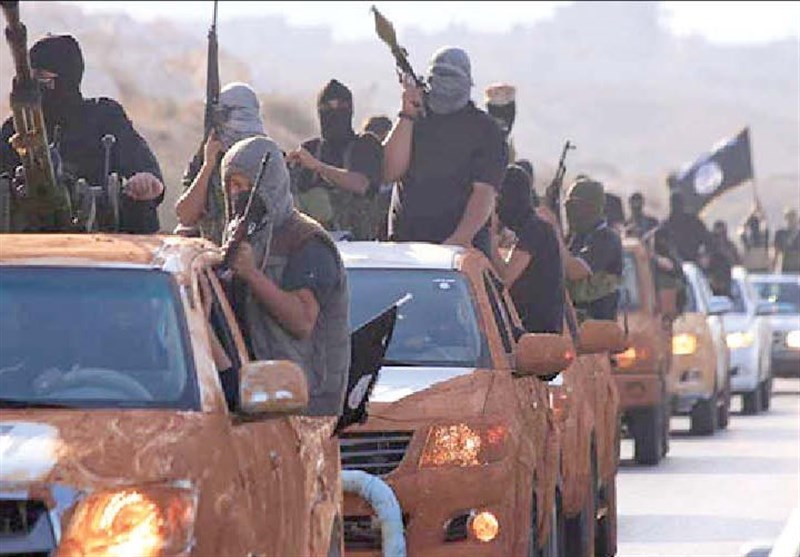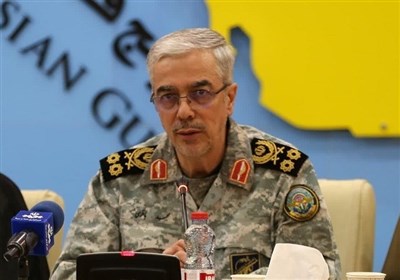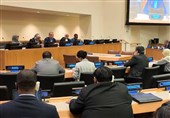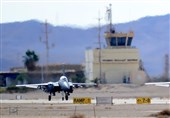Daesh Members Flee Western Iraqi Border Region toward Syria
TEHRAN (Tasnim) – Daesh (also known as ISIS or ISIL) militants have fled from western Anbar province to Syria, as the Iraqi security troops advancing towards the terrorist groups' last stronghold in the region.
“Daesh militants left their guns and fled toward al-BuKamal in Syria after many ringleaders ran away and were killed in airstrikes by the Iraqi and US-Coalition jets following liberations offensives in Qaim,” the Iraqi security source told Iraqi based Alsumaria News.
In the meantime, Qatari al-Samarmad, a commander at the Popular Mobilization Units (PMU), also known as Hashd al-Shaabi in Anbar, was quoted on Sunday as saying that Iraqi jets shelled Daesh haven in central Qaim, west of Anbar, leaving Ra’ed al-Atouri, the military official of Qaim, and six of his companions killed.
“Targeting Atouri, who is considered close to the Daesh leader Abu Bakr al-Baghdadi, came as information indicated his presence in the haven,” he added.
The jets, according to Samarmad, “intensified shelling of the group’s hideouts in Qaim, while security troops are tightening control on strategic regions.”
In relevant development, the Joint Operations Command airdropped more than one million leaflets urging Daesh militants to surrender.
Hundreds of thousands of messages were airdropped on Wednesday on the two towns informing civilians that security troops are coming to free them and urging them to stay away from the enemy.
The Iraqi Prime Minister Haidar al-Abadi announced on Thursday the launch of operations to liberate Qaim and Rawa towns.
The Iraqi forces have now driven Daesh forces out of about 95% of the land the terrorist group once held in Iraq and freed more than 4.4 million Iraqis from its rule.
Al-Qaim, about 315 km (195 miles) northwest of Baghdad, Rawa and the nearby Syrian border town of Albu Kamal are of strategic importance to Daesh as the group used routes through them to transfer fighters, weapons and goods.
An estimated 50,000 people are still living in al-Qaim and Rawa, according to the United Nations, while 63,500 have fled since January - mostly children, women and older people.





